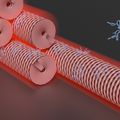2023 Thieme Chemistry Journal Awardees (external link)
Presented to up-and-coming researchers in the early stages of their independent academic careers.
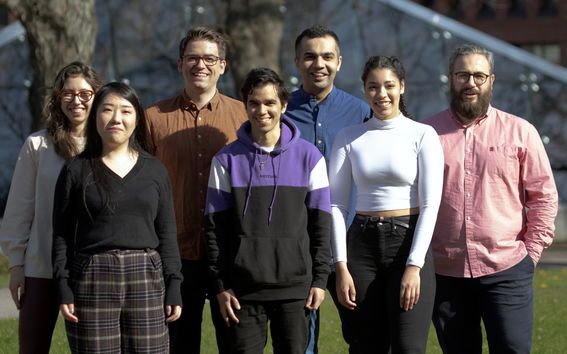

Presented to up-and-coming researchers in the early stages of their independent academic careers.
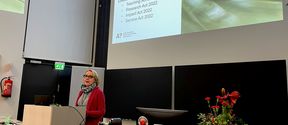
The School of Chemical Engineering rewards outstanding individuals and teams during the year.

A new type of profile focusing on first-time corresponding authors. With hundreds of such authors a year, there are many new faces to celebrate.

Phthalocyanines dyes can be produced with solid-state synthesis instead of high-boiling organic solvents.
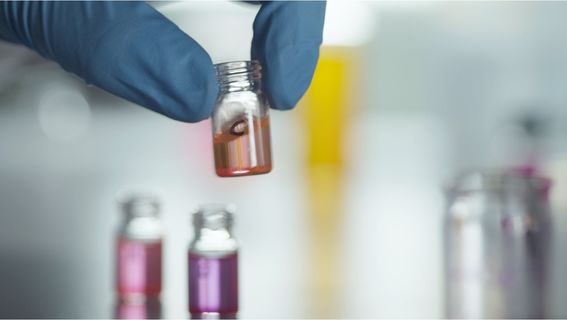
Photocage Funded by the Academy of Finland from September 2021 through May 2027, the Photocage project aims to develop a set of high-end materials based on the encapsulation of highly-emitting fluorophores within protein cages.
MechanoTrap Funded by the FinnCERES Flagship from January 2024 until December 2025, the MechanoTrap project provides new solutions for obtaining clean water, by developing solvent-free mechanochemical modification of raw or recycled cellulosic sources.
OptoCell Funded by the CIMANET Doctoral network, the OptoCell project will develop high-end polarized light emitters based on cellulosic self-assembled materials and highly-emitting fluorophores.
Inka Lehtonen (2019 BSc. Thesis)
2024
2023
2022
2021
2020
2019
Group led by Professor Mauri Kostiainen
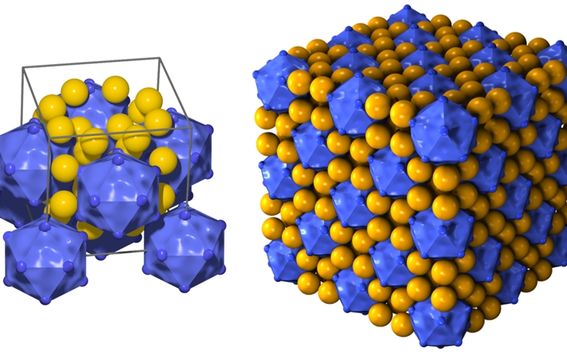
Rugby is a tough contact sport that requires players to absorb constant hits while maintaining absolute trust in their teammates in every situation – not unlike research work.

A recent study shows that native viruses can be employed as a scaffold to immobilise photoactive molecules to potentially oxidise organic pollutants present in wastewater, under visible light irradiation
